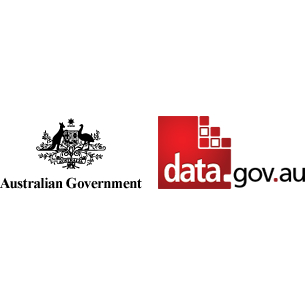Brief description
## **Abstract**The dataset was derived by the Bioregional Assessment Programme from multiple source datasets.
The source datasets are identified in the Lineage field in this metadata statement.
The processes undertaken to produce this derived dataset are described in the History field in this metadata statement.
This dataset contains grids of the 5th, 50th and 95th percentile of drawdown in the model layers as well as grids of the probability of exceeding 0.2, 2 and 5 m drawdown as estimated with the GAL AEM model.
## **Dataset History**
In dataset GAL_AEM_dmax_v01 the drawdown at each model layer is summarised by the 5th, 50th and 95th percentile and the probability of exceeding 0.2m, 2m and 5m. This information is contained in spreadsheets 'GAL_AEM_dmax_ExcProb_Alluvium.csv', 'GAL_AEM_dmax_ExcProb_Clematis.csv' and 'GAL_AEM_dmax_ExcProb_BCB.csv'.
The information in these spreadsheets is interpolated using QuantumGIS to create a regular grid to visualise the spatial drawdown trends. The interpolated grids are stored in this dataset.
## **Dataset Citation**
Bioregional Assessment Programme (2016) Galilee drawdown grids. Bioregional Assessment Derived Dataset. Viewed 12 December 2018, http://data.bioregionalassessments.gov.au/dataset/b106283c-2347-4024-8fa7-c582292bee65.
## **Dataset Ancestors**
* **Derived From** [Galilee Hydrological Response Variable (HRV) model](https://data.gov.au/data/dataset/facb2291-249c-4903-93ce-d9c3f83e7640)
* **Derived From** [Galilee groundwater numerical modelling AEM models](https://data.gov.au/data/dataset/2698f3c2-b8d4-4b4e-899c-d50e0e1aac1f)
* **Derived From** [Geoscience Australia GEODATA TOPO series - 1:1 Million to 1:10 Million scale](https://data.gov.au/data/dataset/310c5d07-5a56-4cf7-a5c8-63bdb001cd1a)
* **Derived From** [Surface Geology of Australia, 1:2 500 000 scale, 2012 edition](https://data.gov.au/data/dataset/4a91fff8-ed51-4994-b358-066497e25c8c)
* **Derived From** [Galilee model HRV receptors gdb](https://data.gov.au/data/dataset/ee766aad-3849-4a5a-92b7-ff4098bd874e)
Full description
Galilee drawdown grids - Data FileSpatial Coverage And Location
text: POLYGON ((147.8 -26.3, 147.8 -20.1, 141.8 -20.1, 141.8 -26.3, 147.8 -26.3))
Subjects
User Contributed Tags
Login to tag this record with meaningful keywords to make it easier to discover
Identifiers
- Local : b106283c-2347-4024-8fa7-c582292bee65
- URI : data.gov.au/data/dataset/bb320550-fe89-4f99-afa3-591cd7f6992e



